Reinkensstraat 67
Reinkenstraat 67 is the address in Den Haag of an ordinary two-story home next to a fish market. It is an ordinary house on an ordinary street lined with ordinary small businesses and cafés. The address is less than a mile from the house where I was born and that my family called home until October 1942 when our family was torn apart, and we were forced to go into hiding. Reinkenstraat 67 is an address that Hannah Arendt might have called “banal,” an ordinary address where evil and mass murder assumed a personal dimension. A house I needed to see with my own two eyes, not to achieve closure, but to feel and bear witness to the depths to which the human soul can descend.

